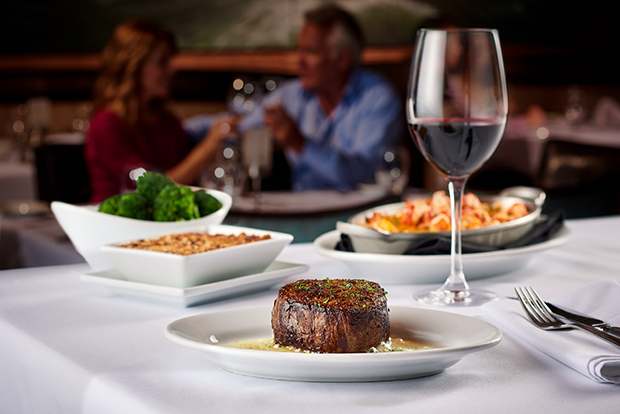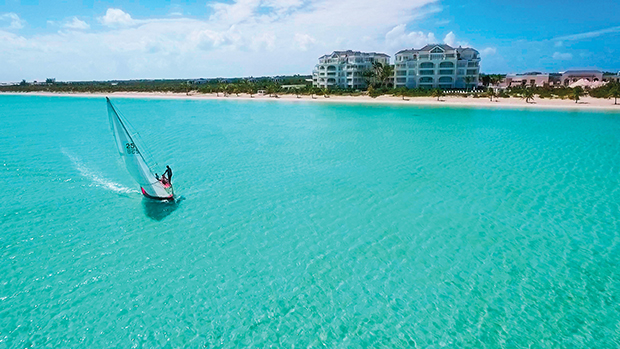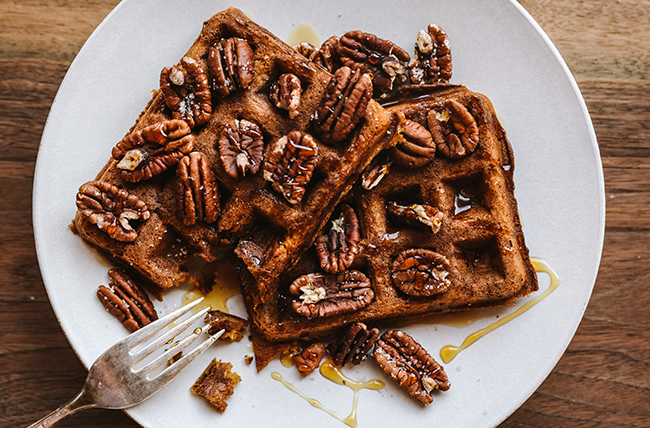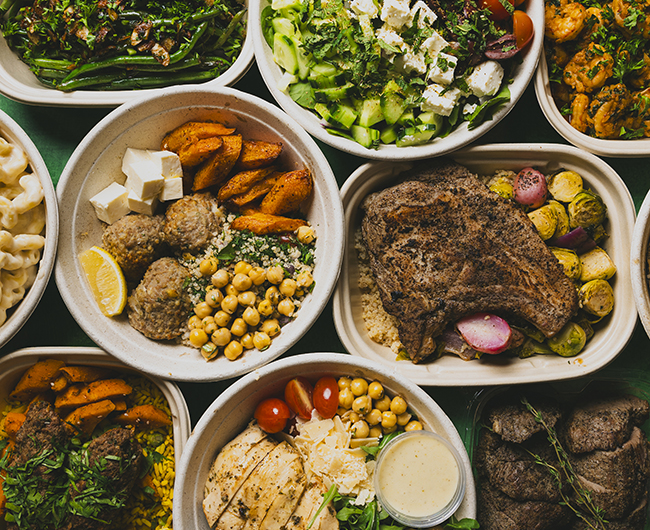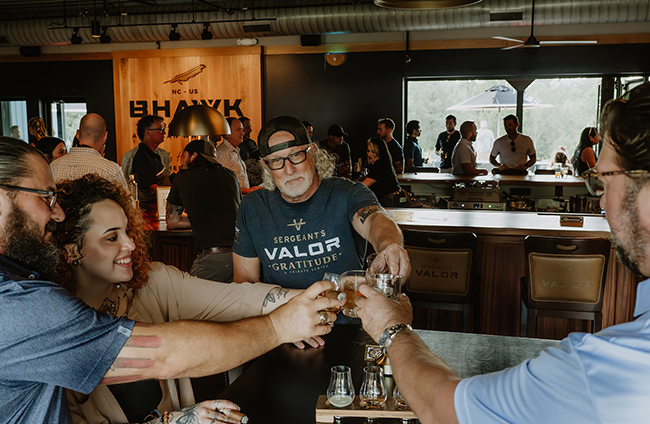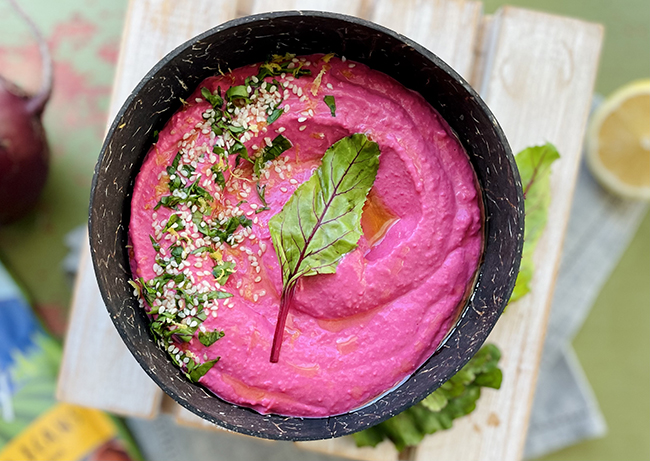The Vast Vineyard of Italian Reds
02 Nov 2022
From pizza nights to a Tuscan T-bone, savor some great pairings this fall
By Ann Marie Thornton

Some evenings a glass of a big fruity, tannic red wine just sets the mood, and lately I’ve been enamored of Italian red wines such as Chianti, Barolo, Barbaresco and Montepulciano. These beautiful names just roll around in one’s mouth with the promise of big flavor. My journey with wine, especially buying wine for my family, began with Chianti when I started seeking out wines to serve with pizza and spaghetti, two much-beloved and frequent meals at our home. These fabulous wines transcend simple tomato-based fare, of course, but that was my starting point, and since that time, I have had an enduring fondness for Chianti and other wines based on the Sangiovese.
It has been said that Italy is a “vast vineyard” stretching the length and breadth of the peninsula, a place where there may be as many wineries as there are households. Wine in Italy is simply integral to food, to eating, to daily life.
Much of Italy is either mountainous or hilly, and microclimates abound amid these slopes, creating regions and subregions of soils and terroir that are planted with hundreds of indigenous grape varieties. Amid all this variety, Sangiovese reigns as the most widely planted grape varietal in Italy and the dominant grape in Tuscany. Delicate and high in acidity, Sangiovese is the primary grape in the outstanding wines of Chianti, Vino Nobile and Brunello.
For hundreds of years, Chianti blends included the indigenous red wine grapes Canaiolo and Colorino and native white grapes Malvasia and Trebbiano, in addition to Sangiovese. But, as part of the late 20th century initiative to standardize wines with the Denominazione di Origine Controllata (DOCG) system, the percentage of white wine permitted in Chianti DOCG declined to less than 10 percent. The quality of Chianti has certainly improved since the anything-goes, straw-covered bottles of the 1970s, but affection for relaxed, rustic ways endures.
Indeed, some contemporary vinters in Tuscany produce blends with a greater proportion of native white grapes (or of non-traditional red grapes) than permitted in Chianti and market these wines under the less exacting Indicazione Geografica Tipica Toscana, rather than the Chianti DOCG standard. We sampled one of these reds made in the traditional manner with Sangiovese, Canaiolo, and 20 percent Malvasia and Trebbiano, the Il Vegliardo from Castellinuzza e Puica, an old-style farm that produces both olive oil and wines. Aged in cement vats, the Il Vegliardo was light and herbaceous with a nose of tart red cherries. The wine has refreshing acidity, with raspberry and cherry notes and hints of tangerine. The bright acidity can stand alongside cheesy dishes such as chicken Parmesan, and the delicate cherry notes would complement a baked white fish over polenta and other light dishes.
Prestigious Chianti Classico, one of the subdistricts across the expansive Chianti region, is the older, original heart of the area, known for the intensity of its wines and their bouquet of plum and dried cherry. Chianti Classico is made entirely from red grapes of which at least 80 percent must be Sangiovese. The Riserva and Gran Selezione qualifications require extended barrel aging.
Recently, we sampled an outstanding 2019 Chianti Classico from Poggio Bonelli that is 90 percent Sangiovese and fermented with extended skin contact that yields deep color and tannin. The wine is a dark ruby-red with a nose of tart red fruit and hints of blackcherry. This wine has spicy notes of French oak, leather and a bit of smokiness. The grippy tannins balance sausage or meatballs handily. A bit of a powerhouse, the Poggio Bonelli will elevate a pizza night, but you could understandably save it for prime rib. This is a find, and we will be stocking up.
Sangiovese blends from the town of Montepulciano also pair marvelously with beef, especially the famous Tuscan T-bone steaks from the local white Chianina cattle. A favorite of the elite for hundreds of years, this wine is hailed as Vino Nobile. Local Sangiovese clones in this region are distinctive producing dark, wrinkly grapes that look like prunes, giving them the apt name Prugnolo. Here as in Chianti, Sangiovese is often blended with a modest proportion of Canaiolo, Malvasia Bianca and Trebbiano. We opened a 2018 Vino Nobile di Montepulciano called Silineo from Fattoria Del Cerro. A show of cherry, rose petals and spice introduce a mouthful of dark cherry, red plum with a touch of anise and inviting dusty tannins. Bold flavor, tannins and acidity, certainly give it the heft for beef, and it holds its own with anchovy pizza and black olives.
Lastly, on the sunny limestone slopes of Montalcino, sangiovese attains beautiful complexity elevating Brunello di Montalcino as a lush, layered single varietal. These are singular, captivating wines, among the most elegant, supple and ethereal anywhere. Deep blackberry, black cherry abide with the lightest tremble of violets, leather, dark chocolate.
That’s the fascination with sangiovese, with wine truly, how a simple rustic grape can be transformed through sunlight and time into something magical in one’s glass.
Ann Marie Thornton is a sommelier, and co-owner of James Creek Cider House with her husband David.

